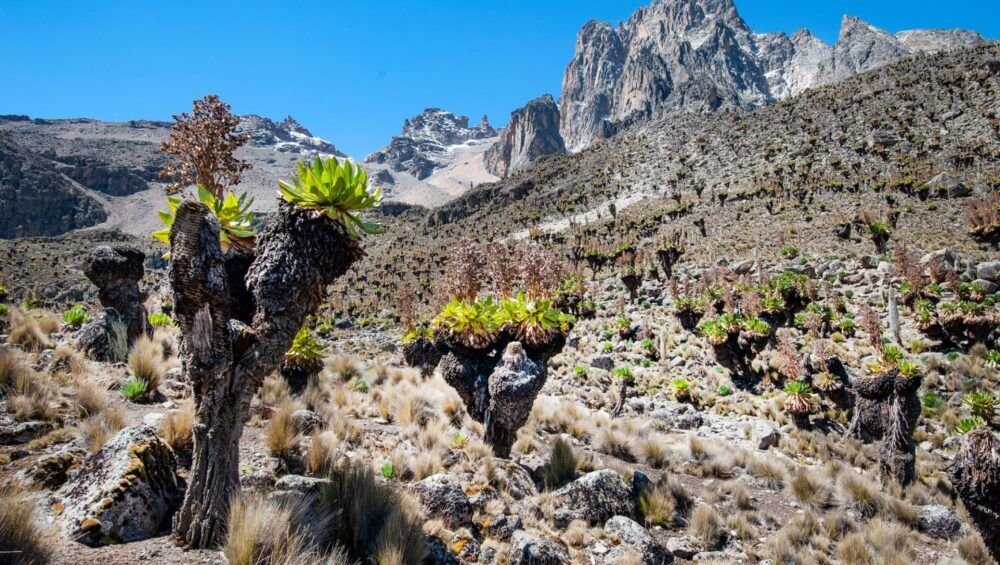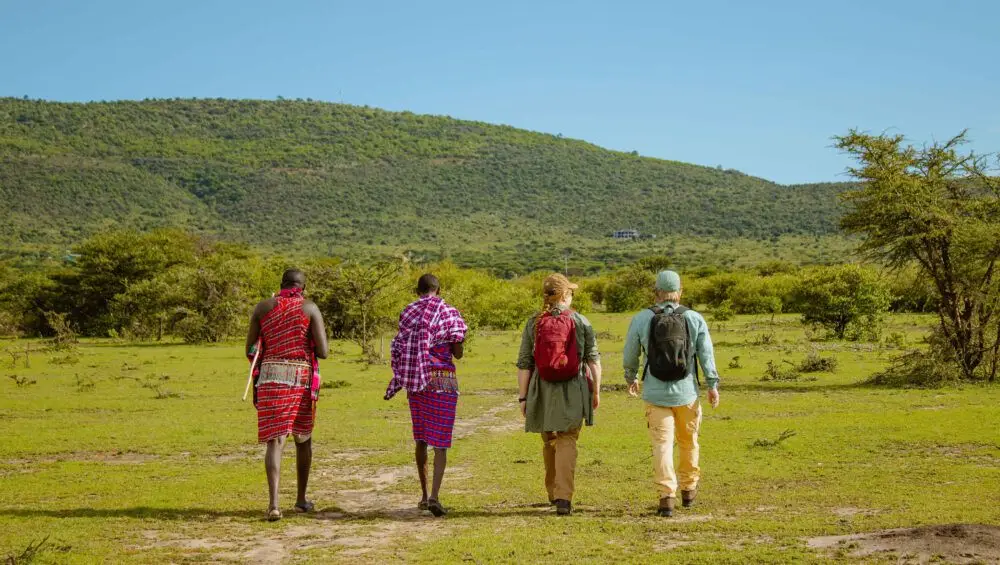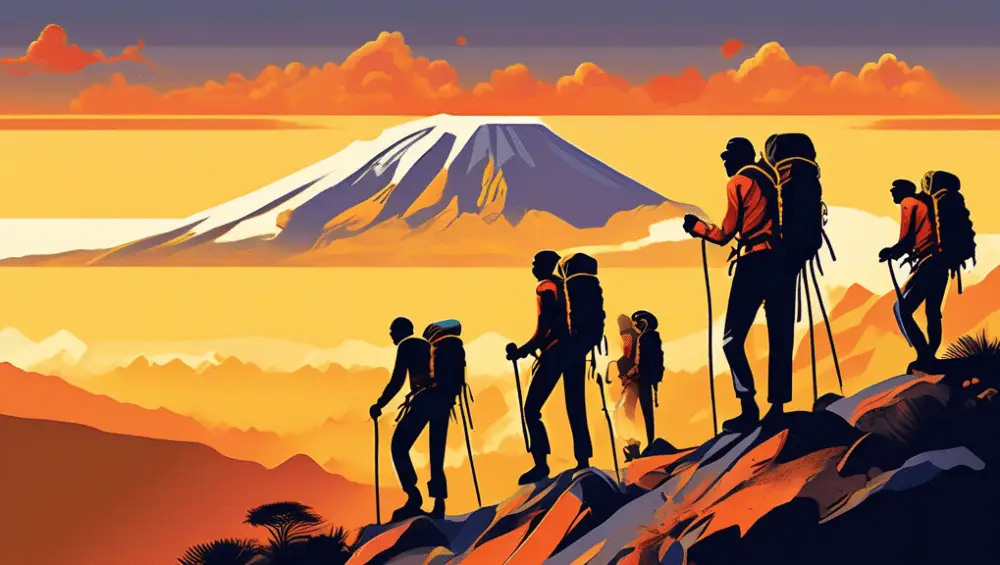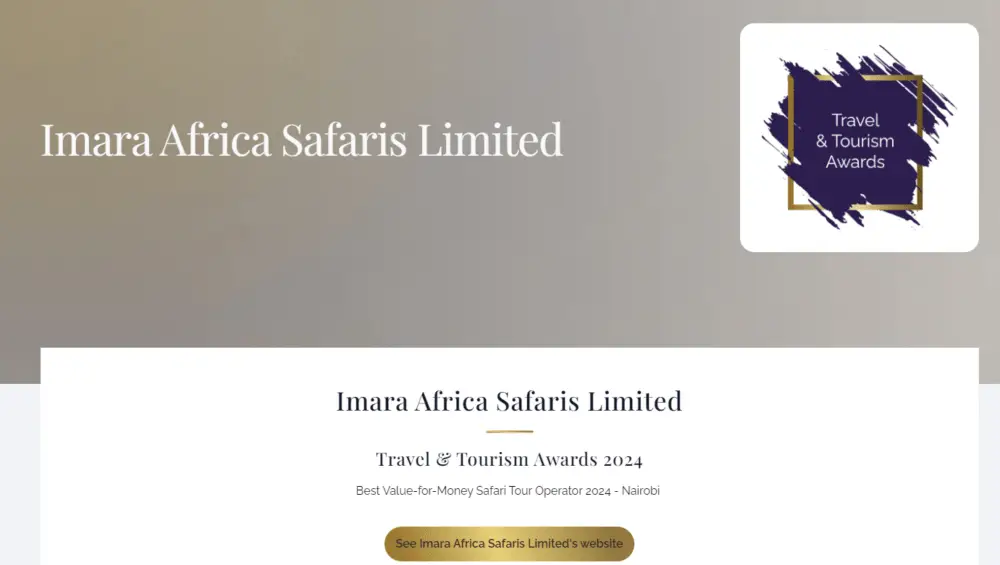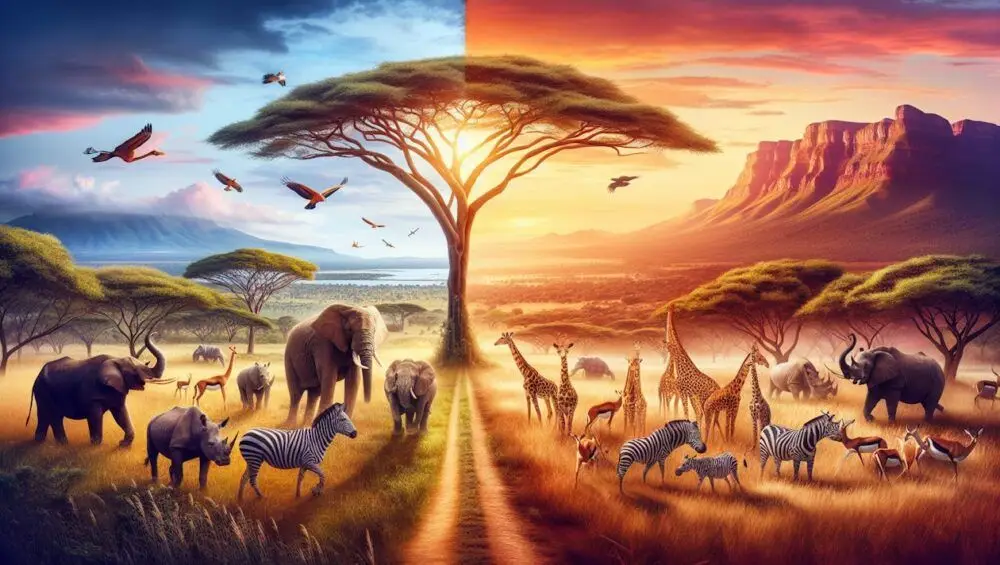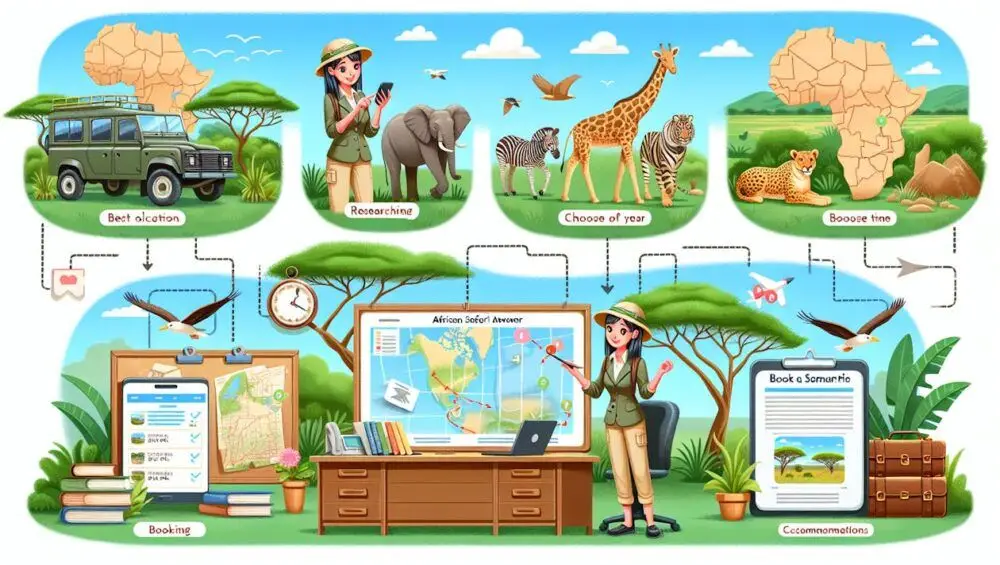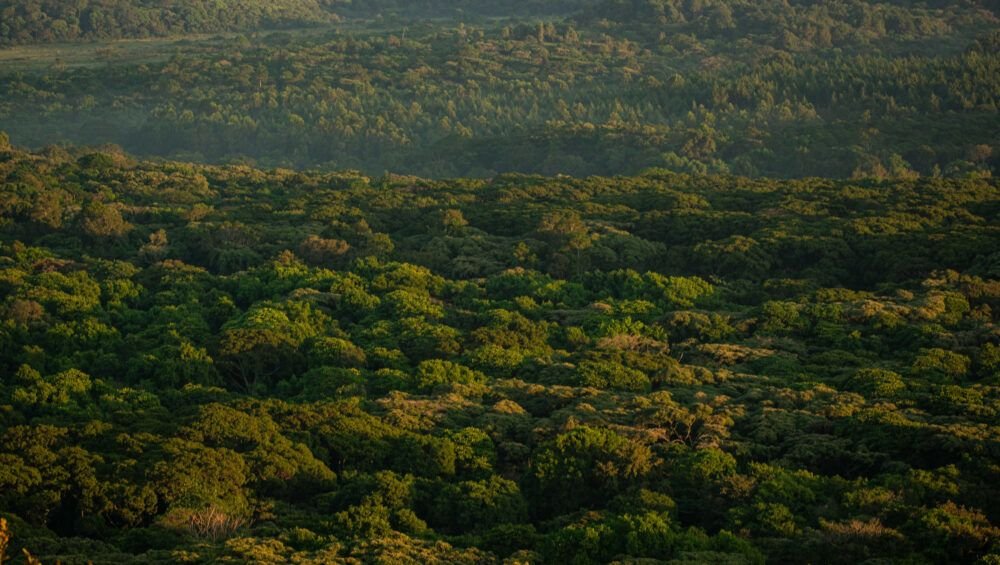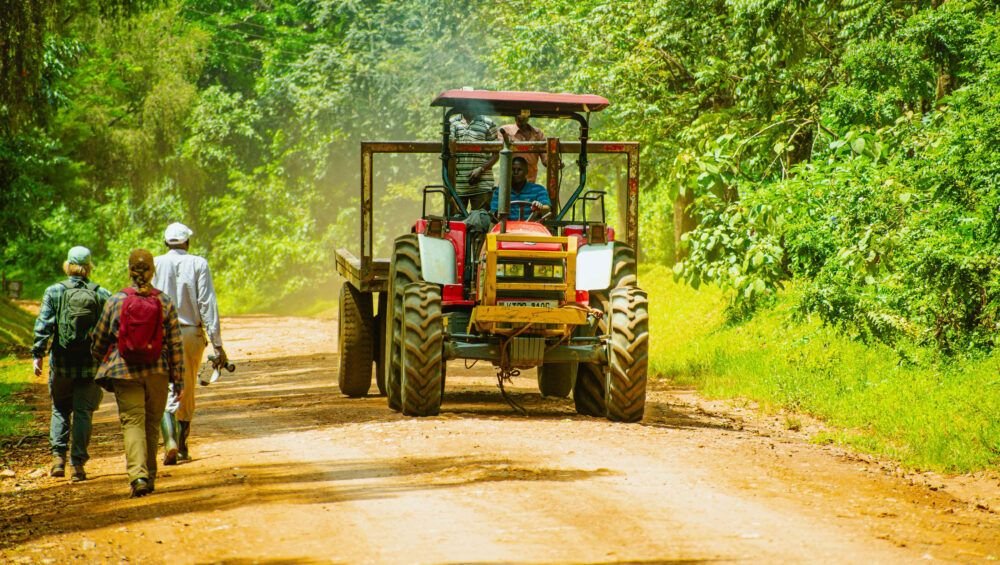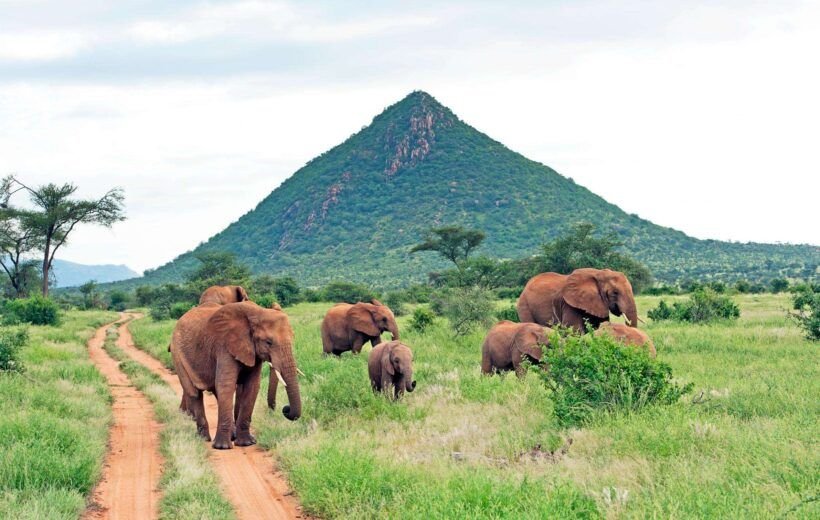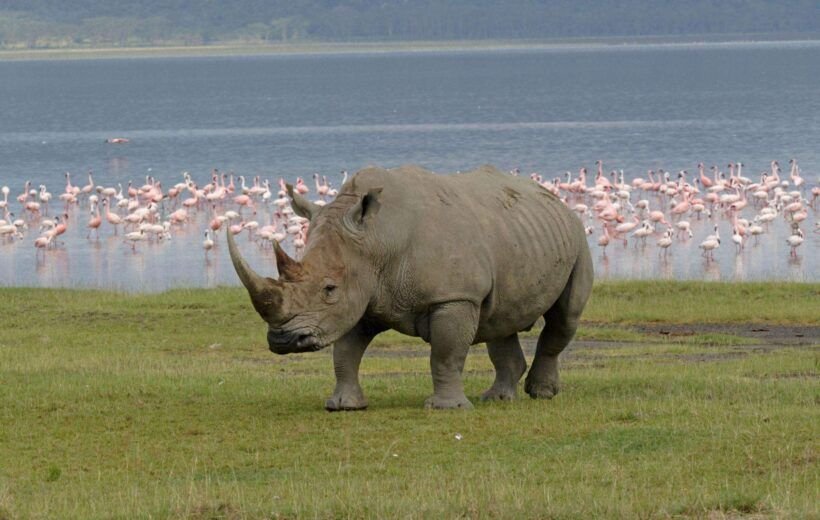Mount Kenya vs. Kilimanjaro: Choosing Your African Mountaineering Adventure Update 2024
Mount Kenya vs. Kilimanjaro: Choosing Your African Mountaineering Adventure
So, you’ve finally decided to lace up those hiking boots, slap on some sunscreen, and set off on an African mountaineering adventure. But wait, there’s a fork in the trail already. Which mountain to conquer – Mount Kenya or Kilimanjaro? Fear not, explorer, for I am here to guide you through this rugged dilemma.
Mount Kenya: The Road Less Traveled
First up, let’s talk about Mount Kenya. Often overshadowed by its taller cousin, this gem is the second highest peak in Africa, standing proudly at 5,199 meters. But don’t let its rank fool you; what Mount Kenya lacks in height, it makes up for with its rugged beauty and diverse ecological zones. Fancy trekking from a dense rainforest into alpine meadows, and finally reaching a lunar-like, rock-strewn summit? Then this is the place for you.
Think of Mount Kenya as that indie movie your friend keeps telling you to watch – less popular, but with unmatched depth and character. The routes here are less crowded, allowing for a more serene and intimate connection with nature. Imagine having the trail mostly to yourself, with only the occasional curious rock hyrax for company. Sounds dreamy, right? Climb Mt Kenya Now with amazing deals and offers.
Kilimanjaro: The Roof of Africa
Now, onto Kilimanjaro. As the tallest mountain in Africa, standing at a whopping 5,895 meters, Kili (as the cool kids call it) is like the blockbuster movie everyone’s heard about. It attracts trekkers from around the globe, all eager to stand atop the “Roof of Africa”. And who can blame them? The journey to its summit traverses through five distinct climate zones – it’s like traveling from the Equator to the North Pole without leaving Tanzania.
But here’s the kicker: despite its towering presence, Kilimanjaro is considered a more gentle climb compared to Mount Kenya. Thanks to its gradual slopes, many routes, like the Marangu and Machame, are accessible to those with a strong determination, even if they’re not seasoned mountaineers. Picture this – you, a fiery sunset, and the feeling of accomplishment as you gaze out over Africa from its highest point. Not too shabby for a vacation story, huh? Climb Mt Kilimanjaro Now with amazing deals and offers.
So, Which to Choose?
Deciding between Mount Kenya and Kilimanjaro is a bit like choosing between chocolate and vanilla ice cream – it really depends on your taste (and, okay, maybe a bit on how adventurous you’re feeling). Seeking a quieter, more challenging climb that offers an unparalleled sense of wilderness? Mount Kenya is calling your name. Or perhaps you’re after that iconic summit photo and the bragging rights that come with conquering Africa’s tallest mountain? Then Kilimanjaro it is.
Let’s not forget, both mountains are more than just a climb. They’re a chance to disconnect from the digital world, push your limits, and immerse yourself in some of the most breathtaking landscapes you’ll ever encounter. Whichever peak you pick, you’re in for an unforgettable journey. So, why not flip a coin, or better yet, climb both? After all, life’s too short to miss out on the adventures that call to us. Is it worth it?
Remember, whether it’s the indie charm of Mount Kenya or the blockbuster allure of Kilimanjaro, the real win is in the climb. Happy trails!
Combine Climbing the highest peaks in Africa with an amazing Safari, Book Now.
https://imaraafricasafaris.com/african-safari-enquiry/
You can also send us an email for any enquiries you may have related to our safaris or Travel destinations, info@imaraafricasafaris.com

